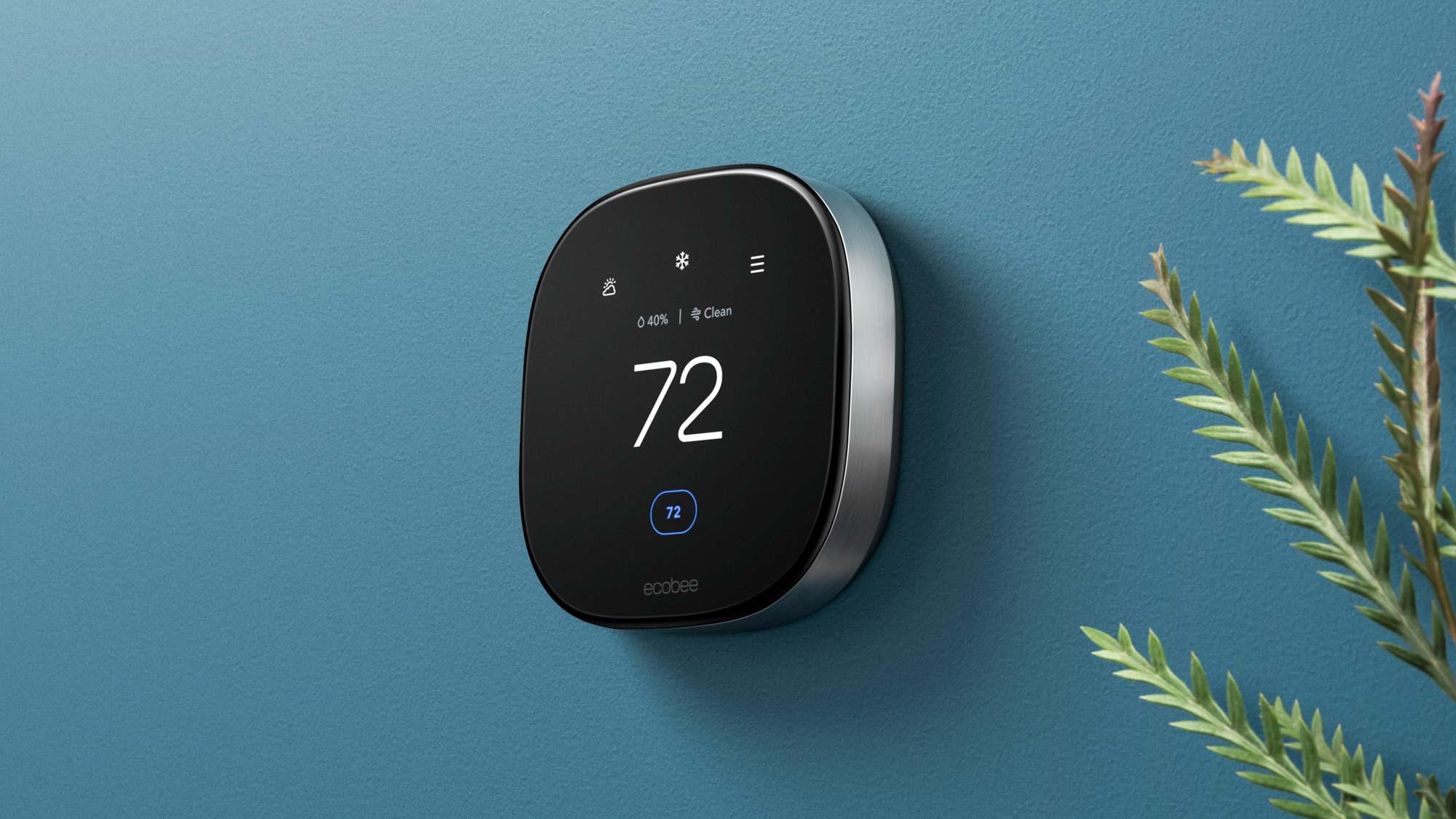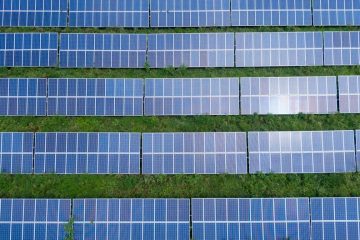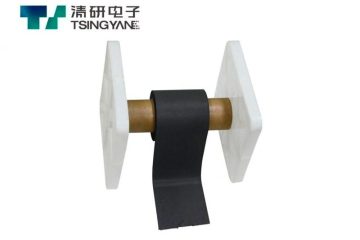Table of Contents
- Maximize Savings with Home Insulation Techniques
- Harnessing Natural Light for Energy Efficiency
- Smart Thermostat Strategies for Optimal Control
- Upgrade Your Appliances for Energy Conservation
- Eco-Friendly Landscaping for a Sustainable Home Environment
- Q&A
- Future Outlook


Maximize Savings with Home Insulation Techniques
Enhancing the comfort of your home doesn’t always require elaborate investments; simple insulation strategies can make a significant difference. Start by evaluating your windows and doors - these are prime areas where heat loss occurs. Weatherstripping is an affordable solution that can seal gaps and reduce drafts, keeping warm air inside during winter and outside in summer. Consider using thermal curtains as well, which act as a double barrier against fluctuating outdoor temperatures.
Attic insulation is another effective way to conserve energy. The attic is often overlooked, yet can be responsible for up to 25% of energy loss. Consider adding or upgrading insulation materials in your attic space. Materials like spray foam and fiberglass batts are popular due to their durability and high R-value, a measure of thermal resistance. Implementing reflective barriers can also help in warmer climates by reducing heat gain.
For those who love gardening, green roofs offer a dual benefit. This eco-friendly option not only provides additional insulation for your home but also creates a natural habitat for wildlife. Integrate these with rainwater collection systems to maximize efficiency and sustainability. Below is a handy table showcasing the potential savings of different insulation methods:
| Insulation Method | Potential Cost Savings | Additional Benefits |
|---|---|---|
| Weatherstripping | 10-15% | Reduced Drafts |
| Attic Insulation | 20-25% | Improved Temperature Control |
| Green Roofs | 15-20% | Environmental Impact |
Harnessing Natural Light for Energy Efficiency
One of the simplest yet most transformative changes you can make in your home is optimizing the use of sunlight. Natural light not only warms and illuminates spaces, but it also serves as a powerful tool in reducing reliance on artificial lighting, thereby trimming energy bills. To maximize this effort, start by strategically arranging your furniture to allow light to penetrate deeper into each room. Move bulky items away from windows and use sheer curtains that allow light diffusion without sacrificing privacy.
- Install skylights in often-used areas like kitchens and living rooms.
- Consider solar tubes for small, windowless spaces.
- Use light-colored paint on walls to reflect and amplify sunlight.
- Place mirrors across from windows to increase the reach of natural light.
Another crucial aspect is the selection of window treatments and glazing. Having energy-efficient windows can play a significant role in maintaining internal conditions by reducing heat loss or gain. Double-glazing options are especially effective, as they trap a layer of air between glass panes, adding an insulating barrier. Here’s a quick comparison of glazing options:
| Glazing Type | Energy Efficiency | Cost |
|---|---|---|
| Single Glazing | Low | $$ |
| Double Glazing | High | $$$ |
| Triple Glazing | Very High | $$$$ |


Smart Thermostat Strategies for Optimal Control
Harnessing the capabilities of a smart thermostat can significantly enhance the energy efficiency of your home. Begin by ensuring your device is set up to align with your daily routine. Automated schedules, which allow your thermostat to adjust according to when you’re home, asleep, or away, can reduce unnecessary energy consumption. Additionally, benefit from the geofencing feature, if available, which adjusts the temperature based on your proximity to home. By using these settings, you not only optimize comfort but also manage energy use prudently.
Another essential strategy involves leveraging the data insights provided by smart thermostats. Analyze the usage patterns and temperature data that these devices often track and report through their associated apps. Armed with this information, you can swiftly identify peak energy usage periods and adjust settings accordingly. Regularly updating the thermostat’s software ensures you’re always equipped with the latest features and security updates, optimizing both performance and safety.
When integrating additional smart home devices, aim for cohesive interoperability for enhanced efficiency. Consider devices compatible with the following systems:
- Amazon Alexa
- Google Assistant
- Apple HomeKit
These integrations enable voice commands and automation, simplifying control over your home’s environment. Take advantage of seasonal adjustments, where the thermostat automatically tweaks settings based on changing weather patterns, promoting a sustainable, energy-conscious lifestyle.


Upgrade Your Appliances for Energy Conservation
Investing in modern, energy-efficient appliances isn’t just a trend—it’s a wise decision for both your wallet and the environment. Newer models often boast advanced technology that drastically reduces energy consumption. For instance, switching to an Energy Star-certified refrigerator can cut down your electricity bill due to its superior insulation and temperature regulation features. Similarly, energy-efficient dishwashers utilize less water per cycle, saving on both utility expenses and water resources.
When selecting new appliances, consider their energy rating labels. These labels provide insights into the appliance’s energy usage, helping you gauge potential savings. A++ rated appliances are typically the most efficient, though A+ models also offer considerable improvements over older versions. Keep an eye out for smart home appliances which allow you to schedule operations during off-peak hours—this not only saves energy but can also reduce costs through off-peak tariffs.
| Appliance | Potential Savings |
|---|---|
| Refrigerator | up to 15% energy reduction |
| Washing Machine | 25% less water |
| Dishwasher | 30% energy savings |
- Upgrade your old light bulbs to LED options for immediate savings.
- Consider insulating your water heater to maintain efficiency.
- Install smart thermostats to optimize heating and cooling.


Eco-Friendly Landscaping for a Sustainable Home Environment
Transforming your yard into a lush, eco-friendly haven not only enhances the beauty of your property but also contributes to a more sustainable living environment. One effective strategy is to utilize native plants, as they are well-adapted to the local climate and soil conditions, requiring less water and maintenance. This not only conserves precious resources but also supports local wildlife. Moreover, consider adopting companion planting, which involves growing plants together that benefit each other, promoting healthier growth without the need for chemical pesticides.
Incorporating rainwater harvesting systems is another essential feature to consider. By collecting and storing rainwater, homeowners can reduce their dependence on municipal water supplies for irrigation needs. Complement this by utilizing permeable paving materials that allow rainwater to seep through the ground, reducing stormwater runoff and replenishing groundwater reserves. Such innovative solutions harmonize with nature’s cycles, fostering a resilient landscape.
A crucial aspect of eco-friendly landscaping is the strategic use of mulch. Applying organic mulch around your plants helps retain soil moisture, suppresses weeds, and improves soil health as it decomposes. It creates a nurturing environment for your flora that cuts down on water usage. Additionally, setting up a small compost area encourages recycling of kitchen and garden waste into nutrient-rich soil amendments, closing the loop on waste and enhancing the vitality of your ecosystem. By embracing these tips, you create a thriving, sustainable outdoor space.




0 Comments